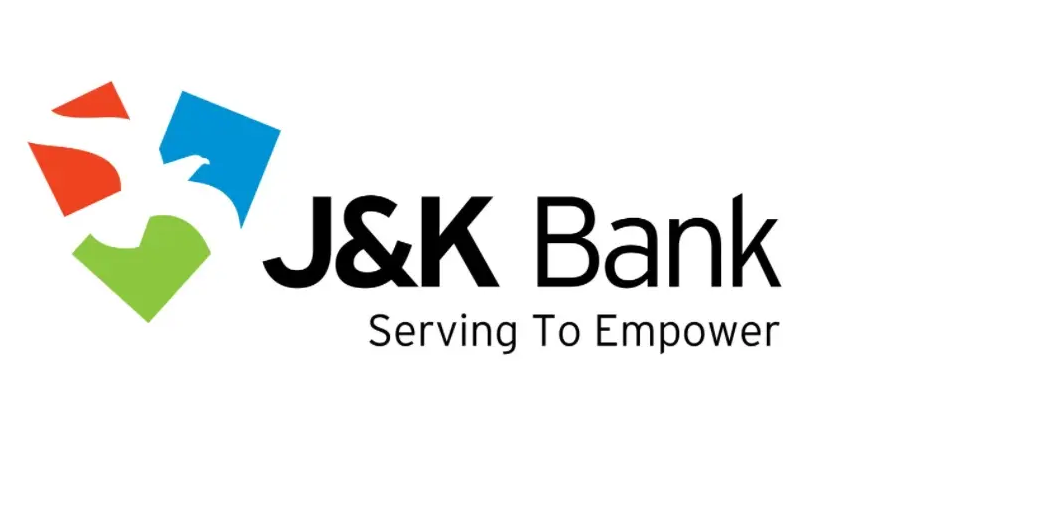Social networking has become an everyday, mainstream way to use the internet. Social networking refers to the use of social media websites and apps, such as Facebook, Instagram, and Twitter, to connect with family, friends, and people who share your interests. Social networking is commonplace throughout the world, especially with young people, but not everyone understands exactly what it means. Here’s a simple breakdown of social networking’s uses, components, and common terms.
If you’re participating in social networking, it means you’re using social media sites, also known as social networks, to connect to others. Some of the most popular social media sites are Facebook, Twitter, Instagram, Snapchat, LinkedIn, and Pinterest.
While various social media sites attract certain types of users, Facebook is a good example of a general social network. When you join Facebook, you may know some other people who use the site and add them as friends. As you use the platform more, you may add friends who share your interests or discover people you know and add them, as well. Other people may find you on Facebook and seek to connect with you.
The more you interact with a social media site like Facebook, the more your network of friends and interests will grow. It’s similar to networking in real life, for example at a business conference. The more you interact with other people and discover common friends and interests, the wider your circle becomes.
Social networking sites and apps each have unique features and points of view, but most have common elements. Whether you’re starting out with Facebook Twitter, or a new site, you’ll encounter these terms. Social networking has changed the way we communicate, do business, get our daily news fix and so much more. But is it really all it’s cracked up to be?
That depends on who you talk to and how you’re using it. A site like Facebook could serve as an opportunistic launching pad for a new business owner, or it could be an inescapable source of negative peer pressure for a young teen. There are pros and cons to everything in life—and that includes our social networking habits.
There are a lot of upsides to social networking. Ask yourself how you can take more advantage of the following whenever you decide to check out your favorite social networks. One of the most obvious pros of using social networks is the ability to instantly reach people from anywhere. Use Facebook to stay in touch with your old high school friends who’ve relocated all over the country, use Google Meet to connect with relatives who live halfway around the world, or meet brand new people on Twitter from cities or regions you’ve never even heard of before.
Now that we’re connected wherever we go, we don’t have to rely on our landlines, answering machines or snail mail to contact somebody. We can simply open up our laptops or pick up our smartphones and immediately start communicating with anyone on platforms like Twitter or one of the many social messaging apps available.
Gone are the days of waiting around for the six o’clock news to come on TV or for the delivery boy to bring the newspaper in the morning. If you want to know what’s going on in the world, all you need to do is jump on social media. An added bonus is that you can customize your news and information discovery experiences by choosing to follow exactly what you want.
Great Opportunities for Business Owners
Business owners and other types of professional organizations can connect with current customers, sell their products and expand their reach using social media. There are actually lots of entrepreneurs and businesses out there that thrive almost entirely on social networks and wouldn’t even be able to operate without it.
You have to admit that social networking is just plain fun sometimes. A lot of people turn to it when they catch a break at work or just want to relax at home. Since people are naturally social creatures, it’s often quite satisfying to see comments and likes show up on our own posts, and it’s convenient to be able to see exactly what our friends are up to without having to ask them directly.
It’s no secret that there’s also a dark side to social networking. You may want to ask yourself how you can minimize the following cons of social networking as much and as often as possible.
If social media is your primary source for news and other information, you could end up in a filter bubble, which is when you’ve isolated yourself from new information and engaging with people who have different perspectives. If you’ve managed to stay in a bubble of harmful misinformation, it can damage relationships and even be dangerous.
With so many people now on social media tweeting links and posting selfies and sharing YouTube videos, it sure can get pretty noisy. Becoming overwhelmed by too many Facebook friends to keep up with or too many Instagram photos to browse through isn’t all that uncommon. Over time, we tend to rack up a lot of friends and followers, and that can lead to lots of bloated news feeds with too much content we’re not all that interested in.
So much is shared online these days that issues over privacy are becoming an increasingly big concern. Whether it’s a question of social sites owning your content after it’s posted, becoming a target after sharing your location online, or even getting in trouble at work after tweeting something inappropriate — sharing too much with the public can open up all sorts of problems that sometimes can’t ever be undone.
For people struggling to fit in with their peers — especially teens and young adults — the pressure to do certain things or act a certain way can be even worse on social media than it is at school or any other offline setting. In some extreme cases, the overwhelming pressure to fit in with everyone posting on social media or becoming the target of a cyberbullying attack can lead to serious stress, anxiety and even depression.
Since people are now connected all the time and you can pull up a friend’s social profile with a click of your mouse or a tap of your smartphone, it’s a lot easier to use online interaction as a substitute for face-to-face interaction. Some people argue that social media actually promotes antisocial human behavior.
How often do you see someone look at their phone? People get distracted by all the social apps and news and messages they receive, leading to all sorts of problems like distracted driving or the lack of gaining someone’s full attention during a conversation. Browsing social media can also feed procrastination habits and become something people turn to in order to avoid certain tasks or responsibilities.
Lastly, since social networking is all done on some sort of computer or mobile device, it can sometimes promote too much sitting down in one spot for too long. Likewise, staring into the artificial light from a computer or phone screen at night can negatively affect your ability to get a proper night’s sleep.
(The author is a regular columnist and can be mailed at [email protected])








